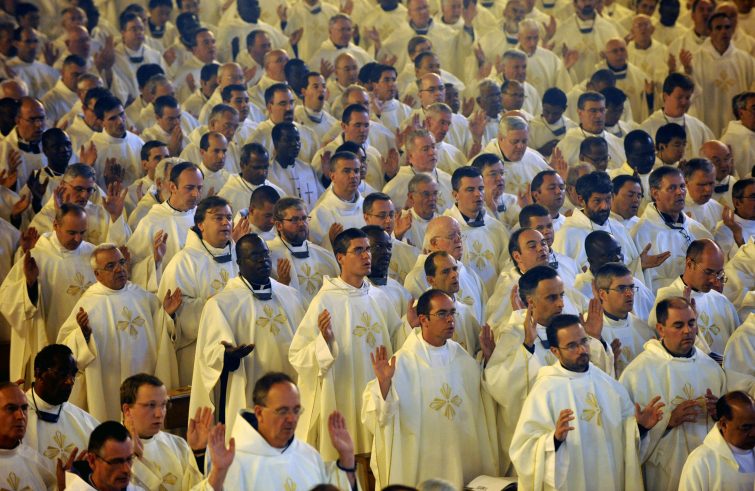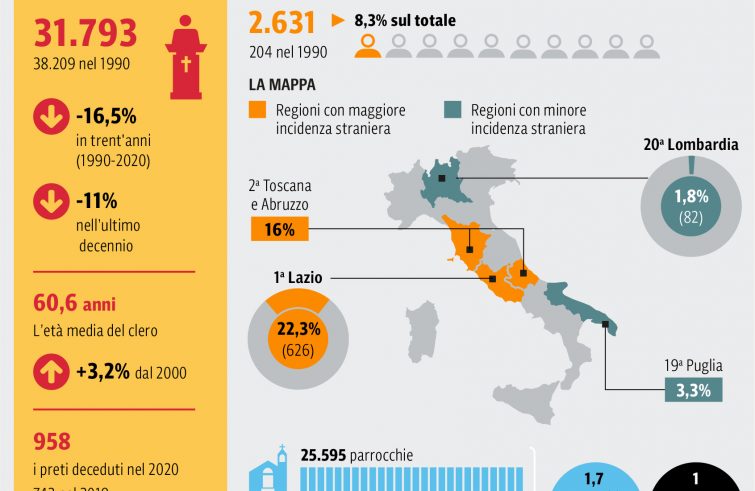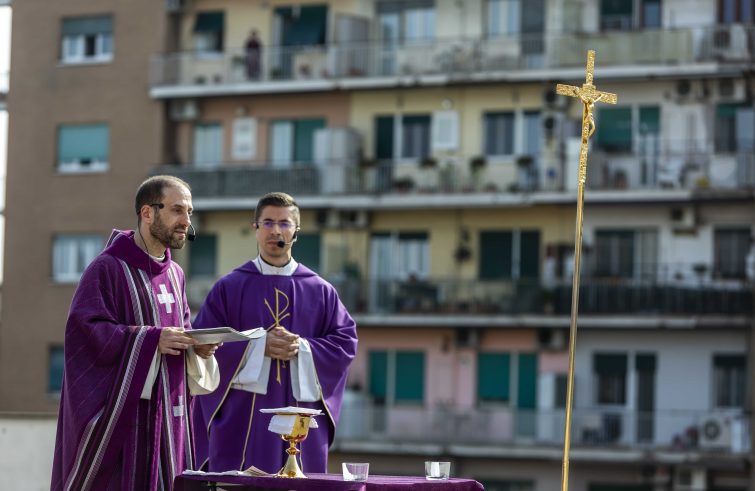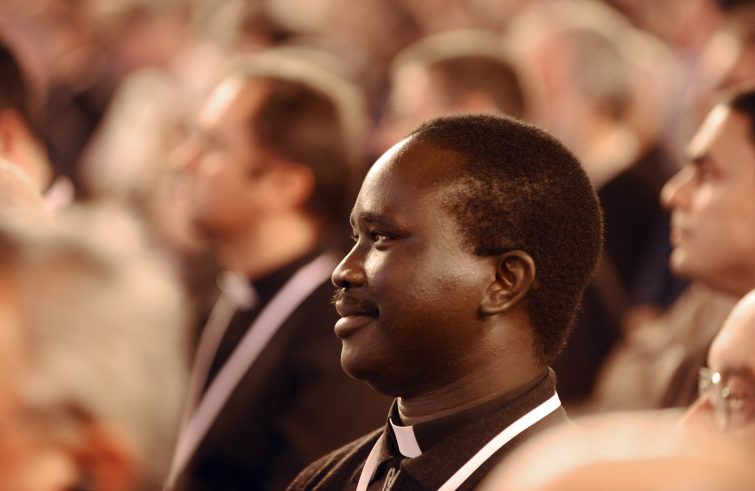
If they were all gathered in one place, the number of Italian diocesan priests would fill the Via del Mare Stadium in the city of Lecce. In fact, there was a total of 31,793 priests in the year 2020. They totalled 38,209 in 1990, marking a 16.5% drop in 30 years, and totalling 6,416 fewer priests. But in the last ten years alone the number of clergy has dropped by 11%. This decline has been partly counterbalanced by increasing numbers of foreign priests entering Italy to serve in Italian diocese, highlighted also in the survey on seminarians. Specifically, this figure represents an over tenfold increase: from 204 in 1990 to 2,631 in 2020. With respect to the overall population, while in 2000 only 3.4% of priests were foreign nationals, this figure reached 6.6% in 2010 and 8.3% in 2020. Thus the number of Italian priests alone has fallen by 19.8% (from 36,350 in 2000 to 29,162 in 2020) while non-Italian priests now make up 8.3% of the total.
“These figures should be no cause for alarm. However, they should be examined seriously because they touch on the issue of vocations potential in our Italian Churches, on the prospects of youth and school pastoral ministry, and on the life and ministry of priests and communities of consecrated life”, remarked Fr Michele Gianola, Under-Secretary of the Italian Bishops’ Conference (CEI) and Director of the CEI National Office for the Pastoral Care of Vocations: “They echo the concern expressed by Pope Francis in his address to the 71st General Assembly of the Italian Bishops’ Conference on 21 May 2018, when he expressed his ‘concern regarding the haemorrhage of vocations.’ In this respect, stopgap solutions have proved to be too precarious in terms of ensuring a proper response. Indeed, medium-term or even short-term perspectives may stifle the community’s potential to generate vocations. It must be remembered that vocations are engendered by our mother Church; at times, this generative capacity is forgotten or neglected.
A Church that does not generate her shepherds, a Church that is unfruitful in terms of lay, matrimony and consecrated life vocations, is a struggling Church.
Returning to breathe does not necessarily mean growing in numbers. It means perceiving, discerning in a synodal way, and courageously following paths of ecclesial renewal in the wake of the Second Vatican Council.”
According to data from the Central Institute for the Support of Clergy,
the average age of members of the clergy is 60.6 years ( a 3.2% increase since 2000).
The average age of Italian priests is 61.8: it has increased by 4.1% over the last 20 years, while the average age of non-Italian priests is 46.7. More specifically, the number of priests under 30 is declining. They were 1,708 in the year 2000 and fell to 599 in 2020 (-60%), while the general population saw a 20% demographic decline. Dioceses with the majority of non-Italian priests are all located in central Italy: 626 out of 2,804 priests in Lazio’s 23 dioceses are foreign nationals (22.3%). Next come a total of 11 dioceses in Abruzzo (16%), 18 dioceses in Tuscany (16%) and 8 dioceses in Umbria (15%). The lowest figures are found in the 10 dioceses of Lombardy with 82 non-Italian priests (1.8%) and in the 19 dioceses of the Puglia region with only 65 non-Italian priests (3.3%).
In 2020 there were 15,133 parish priests for 25,595 parishes in Italy, slightly less than half, with an average of 1.7 parishes for each parish priest and one parish priest every 4,160 inhabitants.
The regions with the lowest proportion of parish priests are Lombardy, Lazio and Apulia, those with the highest number are Abruzzo-Molise, Umbria and Calabria. The absolute number of priests serving abroad cannot be compared to the number of “incoming” priests. In fact while 2,631 non-Italian priests are currently serving in Italy, Italian fidei donum priests operating abroad number 348, i. e. 1.1% of the total. This number has dropped by 50% over the last 20 years ( they numbered 630 in the year 2000). As many as 958 priests have died in the year 2020, almost one third more compared to 2019 (742 deaths). In particular, the mortality rate of the first wave of the pandemic shows that 248 priests died in the period March-April 2020, almost twice as many (+92%) as those who died in the same period in 2019 (129). The death toll for the second wave was even higher, with 240 priests dying between November and December 2020, more than twice as many (+101%) as in the previous year (119).















